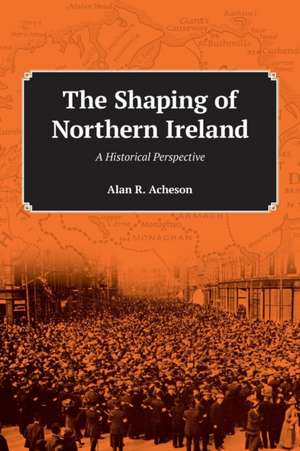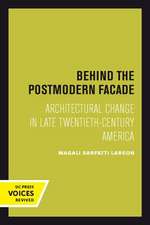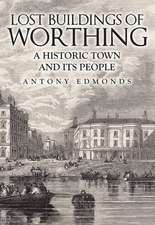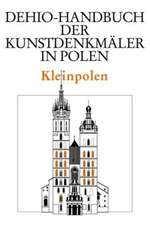The Shaping of Northern Ireland
Autor Alan R. Achesonen Limba Engleză Paperback – 21 oct 2017
| Toate formatele și edițiile | Preț | Express |
|---|---|---|
| Paperback (1) | 252.76 lei 6-8 săpt. | |
| Acheson publications – 21 oct 2017 | 252.76 lei 6-8 săpt. | |
| Hardback (1) | 383.42 lei 6-8 săpt. | |
| Acheson publications – 20 oct 2017 | 383.42 lei 6-8 săpt. |
Preț: 252.76 lei
Nou
Puncte Express: 379
Preț estimativ în valută:
48.37€ • 50.21$ • 40.33£
48.37€ • 50.21$ • 40.33£
Carte tipărită la comandă
Livrare economică 22 martie-05 aprilie
Preluare comenzi: 021 569.72.76
Specificații
ISBN-13: 9780995928008
ISBN-10: 0995928002
Pagini: 256
Dimensiuni: 156 x 234 x 15 mm
Greutate: 0.4 kg
Editura: Acheson publications
ISBN-10: 0995928002
Pagini: 256
Dimensiuni: 156 x 234 x 15 mm
Greutate: 0.4 kg
Editura: Acheson publications











